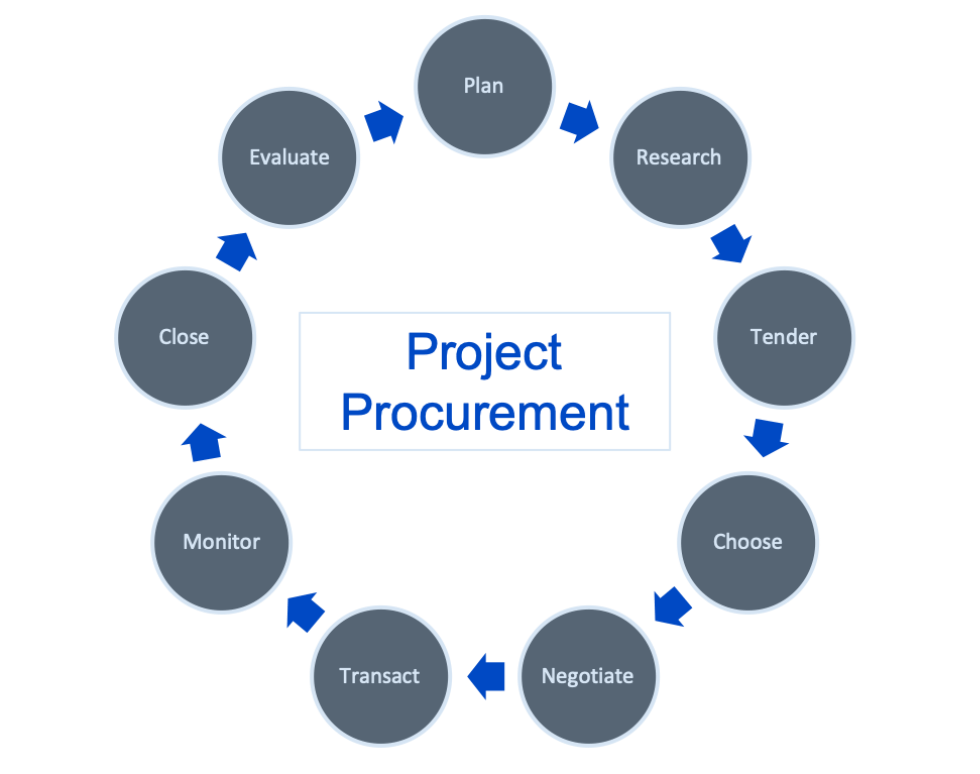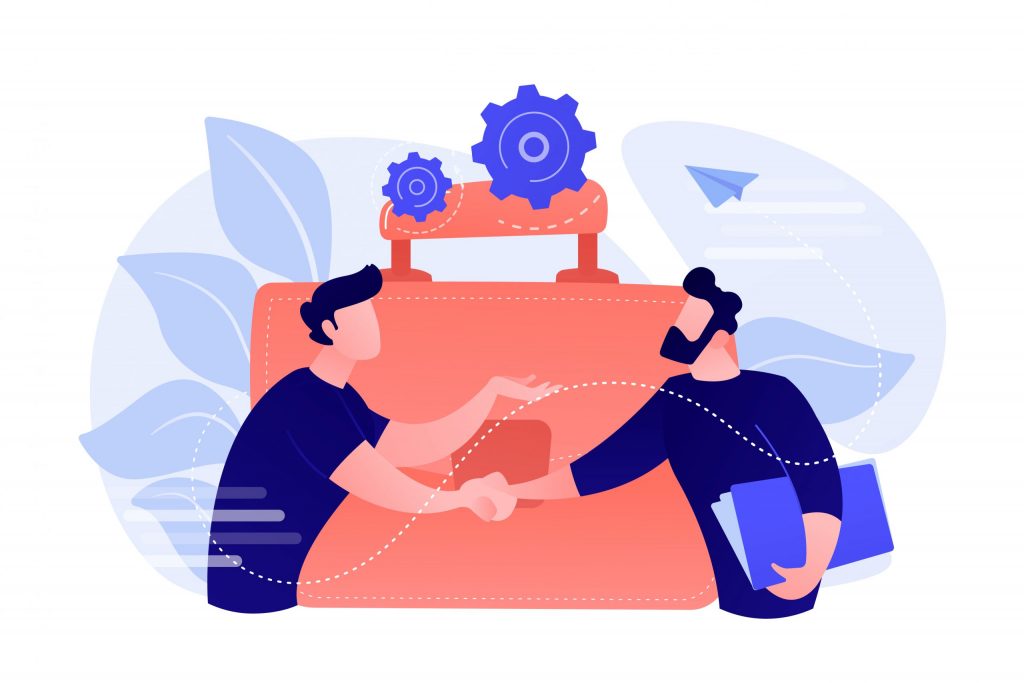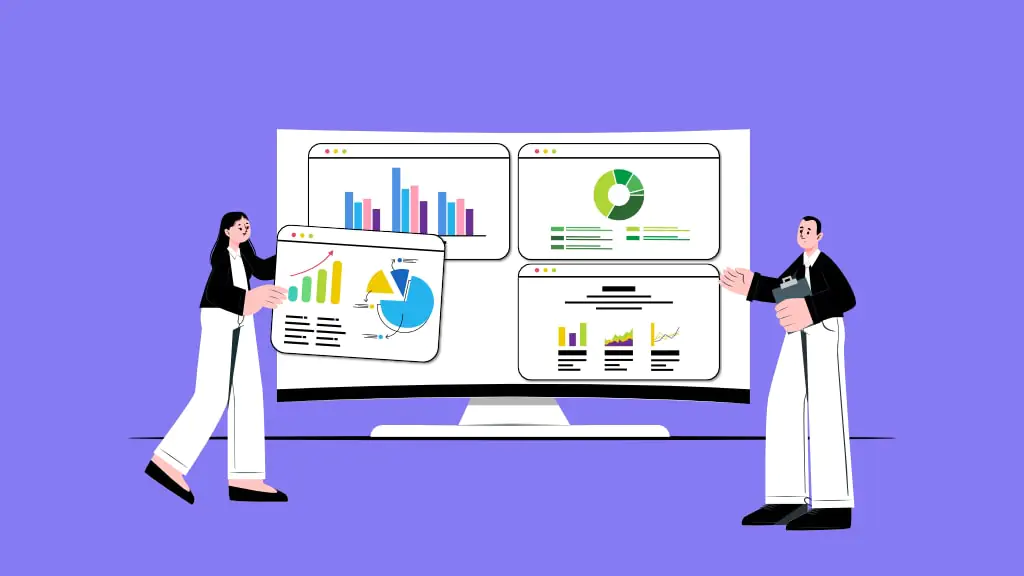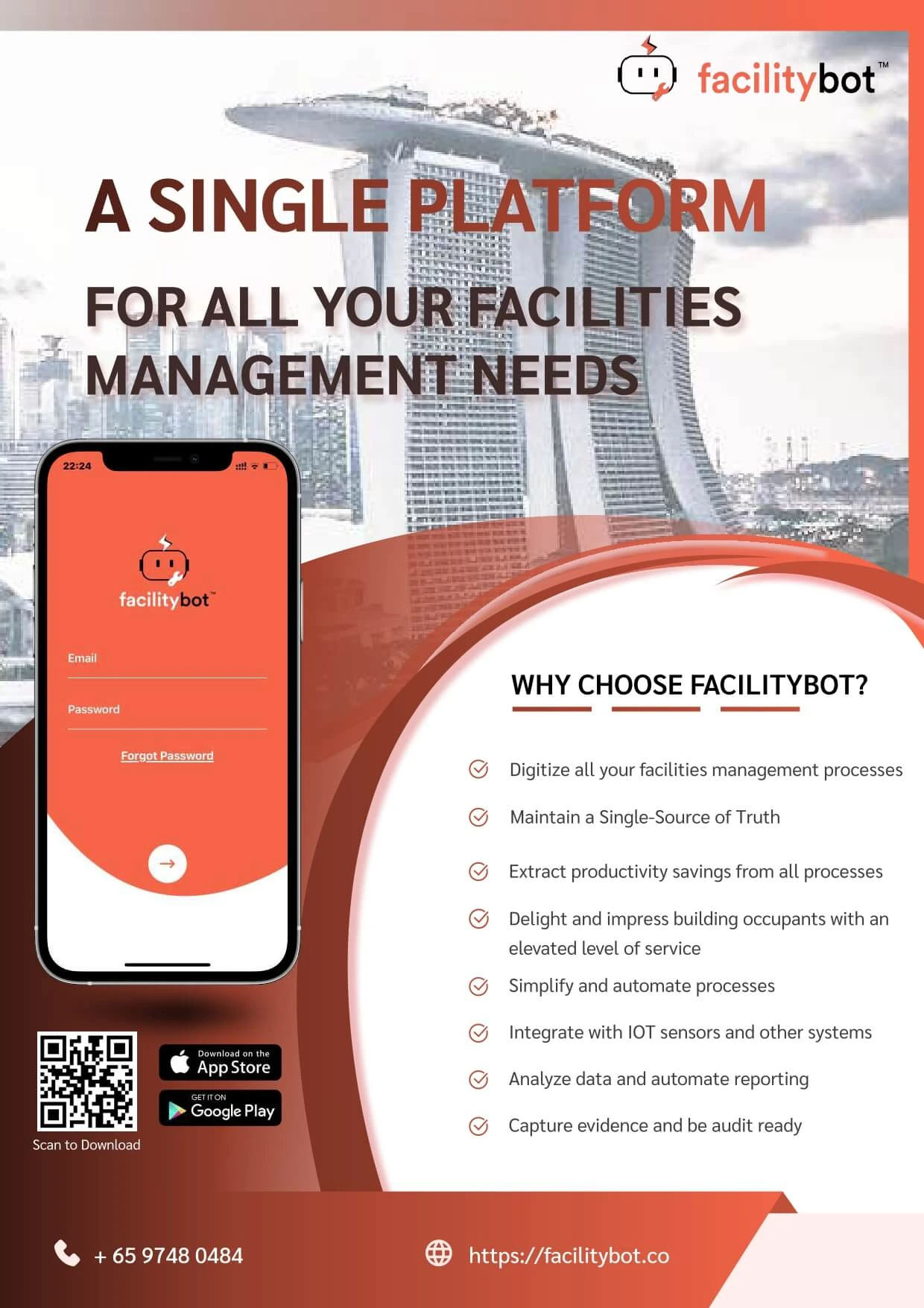Effective procurement plays a critical role in the success of any project. Whether you’re managing a construction site, IT implementation, or facilities upgrade, ensuring that goods and services are sourced properly can make or break your project timeline and budget. In this article, we explore the six phases of project procurement management process, providing practical insights for project managers, procurement professionals, and facilities teams.
What Is Project Procurement Management?
Project procurement management involves the planning, execution, and control of acquiring products or services from external suppliers. It includes everything from identifying the need to sourcing, contracting, managing vendors, and closing procurement activities.
The six phases of project procurement management process offer a structured approach that enables better decision-making, supplier collaboration, risk mitigation, and overall project alignment.
The Six Phases of Project Procurement Management Process
Let’s dive into each phase and see how it contributes to procurement excellence.

1. Planning Procurement
The planning phase is the strategic foundation of the entire procurement lifecycle. Here, teams identify what parts of the project require external sourcing and create a roadmap for fulfilling those needs.
Key Activities:
- Define procurement goals in line with project objectives.
- Determine which deliverables will be sourced externally.
- Estimate costs and budget allocation.
- Select appropriate contract types (e.g., fixed-price, cost-reimbursable).
- Develop a procurement management plan.
Best Practice: Align with stakeholders early to ensure that procurement plans reflect actual project scope and resource availability.
2. Conducting Market Research
After identifying procurement needs, it’s essential to understand the supplier market. Conducting market research helps you benchmark costs, assess supplier capabilities, and identify potential risks or constraints.
Key Activities:
- Perform supplier prequalification and screening.
- Analyze current market trends and pricing.
- Investigate supplier reliability, certifications, and compliance status.
Best Practice: Use digital procurement platforms and analytics tools to gain real-time insights into supplier performance and pricing benchmarks.
3. Soliciting Bids and Proposals
In this phase, procurement teams communicate their needs to potential suppliers. This involves crafting solicitation documents and managing the competitive bidding process.
Key Activities:
- Develop and release Requests for Proposals (RFPs), Invitations to Tender (ITTs), or Requests for Quotations (RFQs).
- Define scope, technical specifications, evaluation criteria, and submission deadlines.
- Organize bidder Q&A sessions or pre-bid meetings.
Best Practice: Ensure transparency and consistency in evaluation criteria to foster trust and attract quality vendors.
4. Selecting Vendors and Negotiating Contracts
Once proposals are received, it’s time to evaluate and select the most suitable supplier. This is also the phase where contractual terms are defined and finalized.
Key Activities:
- Evaluate proposals based on cost, quality, technical ability, and compliance.
- Conduct supplier presentations or interviews, if needed.
- Negotiate pricing, SLAs (Service Level Agreements), and terms and conditions.
- Finalize and sign procurement contracts.
Best Practice: Involve both legal and procurement experts during contract review to avoid unfavorable clauses and legal risks.
5. Managing Contract Performance
With contracts in place, the focus shifts to execution. Managing supplier performance, timelines, and deliverables is essential to keep the project on track.
Key Activities:
- Track delivery schedules, milestones, and payments.
- Monitor key performance indicators (KPIs) and service quality.
- Manage change orders or scope adjustments.
- Resolve disputes or performance issues proactively.
Best Practice: Use tools like procurement management software or CMMS software in Singapore to automate vendor monitoring, reduce manual errors, and enhance collaboration.
6. Closing Procurement
The final phase ensures that all contractual obligations are fulfilled and that the procurement relationship is officially closed.
Key Activities:
- Verify that all goods and services have been delivered and accepted.
- Ensure final payments, documentation, and contract terms are completed.
- Conduct a final performance evaluation of the vendor.
- Archive procurement documents and lessons learned.
Best Practice: Document lessons learned to refine your procurement processes for future projects and improve supplier selection.
Why the Six Phases of Project Procurement Management Process Matter
Following the six phases of project procurement management process brings structure, transparency, and accountability to procurement activities. It also ensures alignment between procurement and broader project goals, helping teams to:

- Control costs and avoid budget overruns.
- Mitigate legal and operational risks.
- Build long-term supplier relationships.
- Meet project timelines with fewer disruptions.
- Ensure regulatory and contractual compliance.
Procurement, when properly managed, becomes a strategic function that drives value and project success.
Digital Tools That Support Procurement Management
As procurement processes grow in complexity, the use of digital tools becomes essential. Platforms like Facility Bot are transforming how teams approach procurement in facility and asset-intensive environments.
Facility Bot is a powerful CMMS software in Singapore that integrates preventive maintenance, asset tracking, and supplier management in one unified platform. With features designed for facilities and operations teams, it simplifies how procurement is planned, executed, and tracked. When integrated with procurement management software, Facility Bot helps organizations:
- Automate procurement workflows.
- Track vendor performance and contract milestones.
- Manage RFQs and supplier communication.
- Ensure compliance and documentation readiness.
Whether you’re managing indirect procurement or large capital projects, digital tools like Facility Bot offer the visibility and control needed to manage procurement efficiently.
Final Thoughts
Procurement is more than just buying — it’s a disciplined, strategic process that directly impacts project outcomes. Understanding and applying the six phases of project procurement management process enables organizations to plan better, act faster, and deliver stronger results.
By adopting tools like procurement management software and leveraging solutions such as CMMS software in Singapore, procurement leaders can future-proof their workflows, reduce risk, and elevate operational efficiency.
If you’re ready to streamline your procurement lifecycle and empower your facilities team, it’s time to consider smart tools like Facility Bot to support your digital transformation journey.




